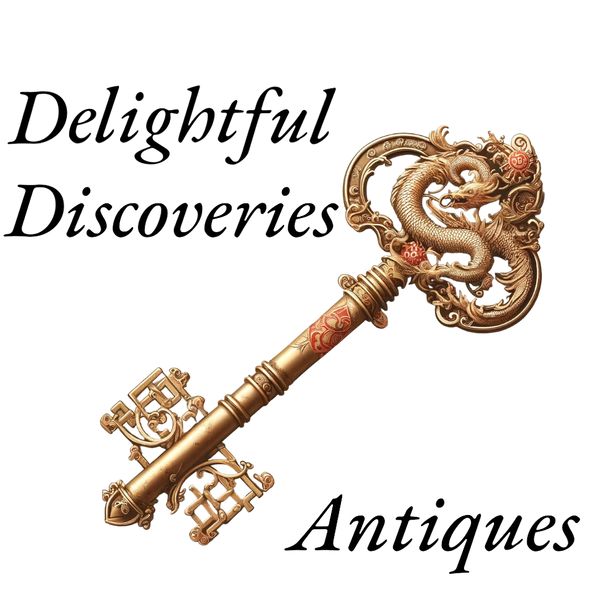
Is it an Antique or Just an Old Tea Cup?
Share
What exactly is an antique? This might sound like a simple question, but depending on who you ask, the answer may differ.
The reason for this is because the term antique is a very broad term that covers a lot of different items. Some may say that an antique anything that is “really old”. And, as we know, “old” is a relative term. A kindergartner may view a high schooler as “old”. While an 18-year-old thinks they will be “old” once they turn 30. Fortunately, there is a generally accepted definition of antique, which is an item that is at least 100 years old.
Just because an item is an “antique” does not mean the item is valuable. “Antique” is a term that can apply to everything from fine art to consumer goods. So, in this article, we'll look at this term, what it means to be an antique, and the different types of antiques are.
As stated previously, an antique is an item that is typically over 100 years old. Antiques are often considered collectibles and can include items such as furniture, jewelry, art, and decorative objects. To be more specific and to help distinguish old junk from true antiques, there is normally historical or cultural value associated with items identified as antiques. While the age of an item and its historical significance can categorize it as antique, the rarity of an item can affect its intrinsic value as an antique.
In fact, there are several factors that can contribute to the overall value of an antique. These factors are as follows:
- Age - Generally, the older an item is, the more valuable it is considered to be. This value can be monetary, or it can be valuable from a cultural or historical perspective.
- Rarity - Antiques that are one-of-a-kind or limited in number are often more valuable than those that are more common.
- Condition - An antique that is well-preserved and in good condition is typically more valuable than one that is damaged or in poor condition.
- Provenance - An antique's history and previous ownership can affect its value. Items that have been owned by famous people or have an interesting history can be more valuable.
- Demand - Popularity of the item among collectors and dealers also affects the value of an antique.
- Artistic or Aesthetic merit - Antiques that are considered to have artistic or aesthetic merit, such as a beautiful piece of furniture or a valuable painting, are often more valuable than those that are purely functional.
It’s worth noting that the value of an antique is subjective and varies widely depending on the individual piece, the market, and other factors including those noted above.
When discussing the value of antiques as collectible items, it should be noted that objects do not necessarily need to fit the “100-year-old” standard to be considered valuable. The terms "vintage" and "antique" are often used to describe older collectible items interchangeably, but they do have different meanings. Vintage typically refers to items that are between 20 and 100 years old. These collectible items are usually considered to be from a specific era or time period, and they often reflect the styles and trends of that era. Vintage items can include clothing, jewelry, cars, and household items. In some instances, vintage objects can be far more valuable than their antique counterparts because of prior ownership. As an example, a 50-year-old sterling silver pen previously owned by President Bush (either of the two), would likely be far more valuable than a 150-year-old writing implement inherited by my neighbor from her great grandmother.
In summary, antique refers to an item that is over 100 years old, while vintage refers to an item that is typically between 20 and 100 years old. Both antiques and vintage items can be considered collectibles. However, not all antiques fit into this category even though they have historical or cultural value. Some antiques, like everyday household items or tools, may not be considered collectibles because they are not rare or particularly valuable. Likewise, some everyday objects that are less than 100 years old, such as trading cards, stamps, and even t-shirts, are quite valuable because they are highly coveted and sought after by collectors.
AbeBooks.com is a great place to find bargain books to learn more about antiques. If you make a purchase using this link, I will receive a small commission.
